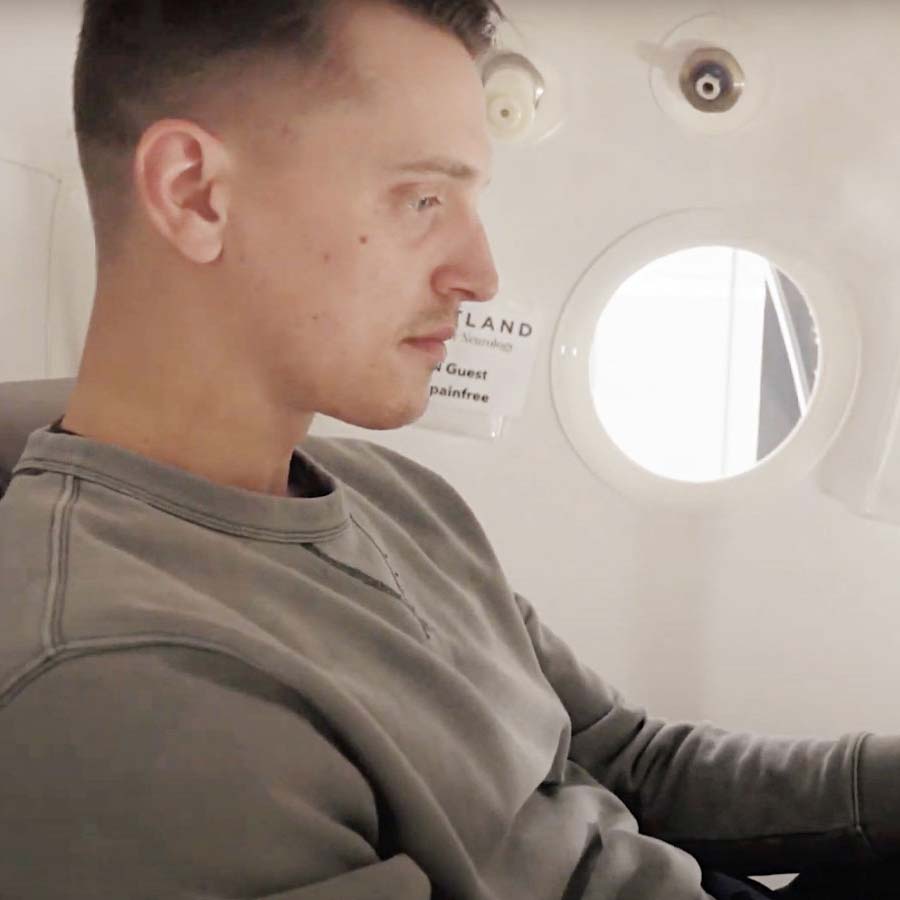Oncology and Radiation
Hyperbaric Oxygen Therapy (HBOT) can serve as a powerful adjunctive treatment supporting Cancer patients and their recovery. Late effects of radiation therapy (LERT) encompass one-third of HBOT treatments in the US. Radiation therapy is extremely effective at killing the malignancy and curing cancer, but does come with after effects. Hyperbaric is extremely effective at restoring function to tissue post-radiation due to its ability to reverse hypoxia, hypovascularity, and hypocellularity. HBOT enhances chemotherapeutic effects by reducing tissue hypoxia that contributes to the radioresistance of many tumors and may also reduce their sensitivity to some chemotherapeutic agents.
HBOT is not just effective post-treatment, but also pre-treatment, creating healthier tissue that is prepared to sustain high radiation. Marx protocol is an example widely used to improve outcomes.
Hypoxia emerges as an important factor involved in the tumor growth and aggressiveness, metabolic reprogramming, angiogenesis, resistance to cell death, immunosuppression, inflammation, and glial-to-mesenchymal transition of cancer cells. Hyperbaric oxygen therapy (HBOT) may increase anticancer therapy sensitivity by increasing oxygen tension within the hypoxic regions of the neoplastic tissue.
Previous data have investigated HBOT in combination with cytostatic compounds, with an improvement of neoplastic tissue oxygenation, inhibition of HIF-1α activity, and a significant reduction in the proliferation of GBM cells, one of the most common and aggressive malignant brain tumors in adults. GBM’s hypoxic microenvironment has been shown to be highly associated with aggressive biology and resistance to RT and CT. Hyperbaric oxygen therapy (HBOT) may increase anticancer therapy sensitivity by increasing oxygen tension within the hypoxic regions of the neoplastic tissue.
Refer a Patient
Our team is here to help your patient. Click the link below to refer a patient.
Make a ReferralHow your patients will benefit from HBOT
- Reverses cancer’s hypoxic microenvironment and improves neoplastic tissue oxygenation
- Inhibition of HIF-1α activity
- Chemosensitization
- Tumor-inhibitory effects
- Radiation sensitization of solid tumors
- Increases anticancer therapy effectiveness
- Stimulates angiogenesis and reverses injured tissue hypovascularity
- Improves cellular health
- Improves all stages of wound healing
- Up to 800% increase in stem cells
- Decreases inflammation and swelling
- Downregulates cytokines (including TNF-alpha, IL-1, IL-6)
- Improves immune system function
- Does not stimulate pre-growth effect on cancer cells
